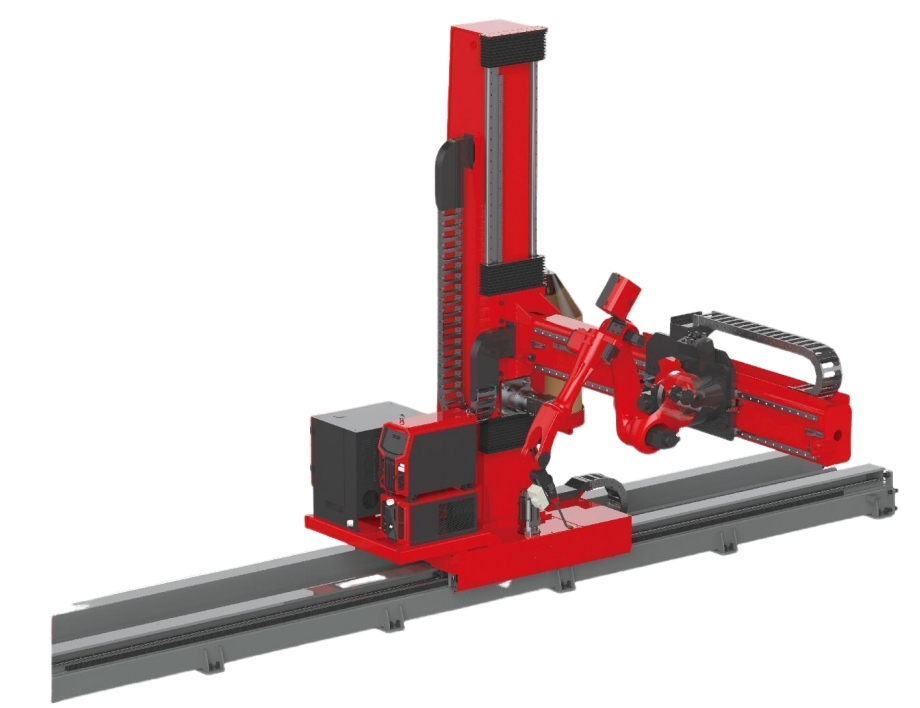
How to integrate a welding robot into production lines?
Integrating welding robots into production lines can significantly improve efficiency, productivity, and safety in manufacturing processes. However, it is essential to follow proper guidelines and considerations when implementing robotic welding systems. In this article, we will discuss the steps and best practices for integrating a welding robot into production lines.
1. Evaluate your production needs
Before integrating a welding robot into your production line, it is crucial to evaluate your current production needs and processes. Identify the tasks that can benefit from automation, such as repetitive welding tasks or tasks that require high precision. Determine the workload requirements and the desired output to ensure that the welding robot can meet your production demands.
2. Select the right welding robot
Choosing the right welding robot is essential for successful integration into production lines. Consider factors such as payload capacity, reach, speed, and accuracy when selecting a welding robot. Choose a robot that can handle the type of welding processes required for your production line, whether it is MIG, TIG, or spot welding.
3. Design the layout
Designing the layout of your production line is crucial for seamless integration of welding robots. Determine the placement of the robot, workpieces, and other equipment to optimize workflow and efficiency. Ensure that the workspace is organized and ergonomic to facilitate easy access for maintenance and operation of the welding robot.
4. Provide training for operators
Proper training for operators is essential to ensure the safe and efficient operation of welding robots. Train operators on how to program and operate the welding robot, as well as how to troubleshoot common issues. Provide ongoing training and support to help operators adapt to working with robotic systems.
5. Implement safety measures
Safety should be a top priority when integrating welding robots into production lines. Implement safety measures such as barriers, safety sensors, and emergency stop buttons to protect operators and prevent accidents. Regularly inspect and maintain safety equipment to ensure that it is functioning correctly.
6. Monitor performance and make adjustments
Monitor the performance of the welding robot regularly to identify any issues or inefficiencies. Analyze production data, such as cycle times and defect rates, to make informed decisions and adjustments. Continuously optimize the welding process to improve productivity and quality in the production line.
7. Collaborate with experts
Collaborating with experts in robotic welding can provide valuable insights and guidance for integrating welding robots into production lines. Consult with engineers, technicians, and suppliers to ensure that you are following best practices and using the latest technology. Take advantage of their expertise to enhance the efficiency and effectiveness of your robotic welding system.
Conclusion
Integrating a welding robot into production lines can bring numerous benefits to manufacturing processes, such as increased efficiency, productivity, and safety. By following the steps and best practices outlined in this article, you can successfully integrate a welding robot into your production line and optimize your operations. Remember to evaluate your production needs, select the right welding robot, design the layout carefully, provide training for operators, implement safety measures, monitor performance, make adjustments, and collaborate with experts to ensure a smooth and successful integration process.
Was this helpful?
0 / 0